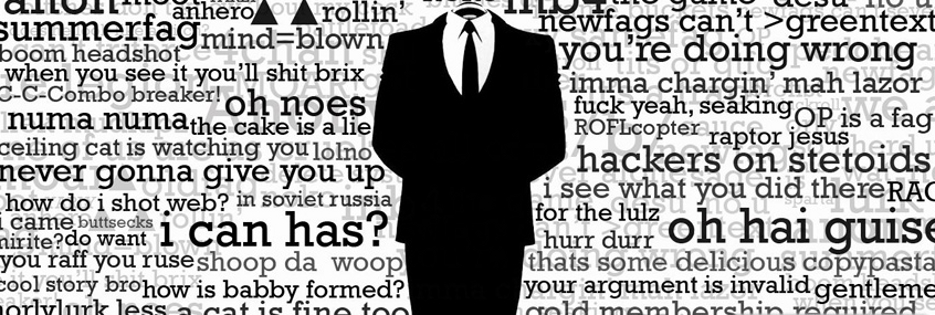By 2098, Facebook will be home to more number of dead people than the living ones by 2098. This prediction was recently made by Hachem Sadikki, a PhD candidate at the University of Massachusetts. Sadikki’s study is based on the fact that Facebook refuses to delete the dead users automatically and the website’s growth will soon begin to slow down.
Facebook is on its way to become the world’s biggest virtual graveyard by the year 2098. By the end of this century, the number of dead people will outnumber the living ones on the social networking website, according to a statistician.At the moment, Facebook has about 1.5bn users spread across the world. This unimaginable situation could arise due to Facebook’s decision of not deleting dead users automatically. Instead, it leaves their profiles up as memorial pages. If we take a glance at the data, this year alone, more than one million Facebook users are predicted to die. Compared to the number of 385,000 in 2010, this number is very huge.
According to Hachem Sadikki, a PhD candidate at the University of Massachusetts, who made this prediction, the slow growth in the number of new users is also responsible.
As most people don’t share their Facebook password with friends and family, their profile stays alive even after their death. This has been upsetting in some cases in the past when dead people still appear as having birthdays in their friends’ News Feed. The account can be deleted only if someone with the passwords log in and closes it down.
Facebook also lets people appoint a ‘Legacy Contact’ that can post one last post after their death and change their profile picture and cover photo.












